Java 6 Illuminated: An Active Learning Approach
An Active Learning Approach
With a variety of interactive learning features and user-friendly pedagogy, Java 6 Illuminated, Second Edition provides a comprehensive introduction to programming using the most current version in Java programming. Throughout the text the authors incorporate an “active learning approach” which asks students to take an active role in their understanding of the language through the use of numerous interactive examples, exercises, and projects. Object-Oriented Programming concepts are developed progressively and reinforced through numerous Programming Activities, allowing students to fully understand and implement both basic and sophisticated techniques. In response to students growing interest in animation and visualization the text includes techniques for producing graphical output and animations beginning in Chapter 4 with applets and continuing throughout the text. You will find Java 6 Illuminated, Second Edition comprehensive and user-friendly. Students will find it exciting to delve into the world of programming with hands-on, real-world applications!
- ISBN 13 : 1449662765
- ISBN 10 : 9781449662769
- Judul : Java 6 Illuminated: An Active Learning Approach
- Sub Judul : An Active Learning Approach
- Pengarang : Julie Anderson, Herve J. Franceschi, Herve J. Franceschi,
- Kategori : Computers
- Penerbit : Jones & Bartlett Publishers
- Bahasa : en
- Tahun : 2008
- Halaman : 1288
- Halaman : 1288
- Google Book : http://books.google.co.id/books?id=b66wn2rtwrkC&dq=intitle:an+active+approach&hl=&source=gbs_api
-
Ketersediaan :
An Active Learning Approach Julie Anderson, Herve J. Franceschi. Flow. of.
Control,. Part2: Looping. Introduction 6.1 Event-Controlled Loops Using while 6.2
General Form for while Loops 6.3 Event-Controlled Looping 6.3.1 Reading Data
...









